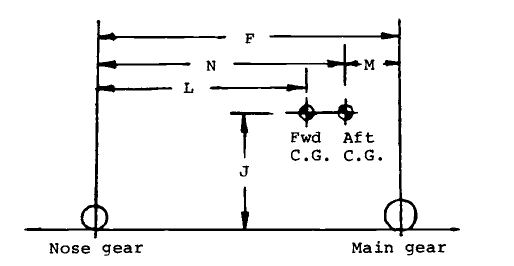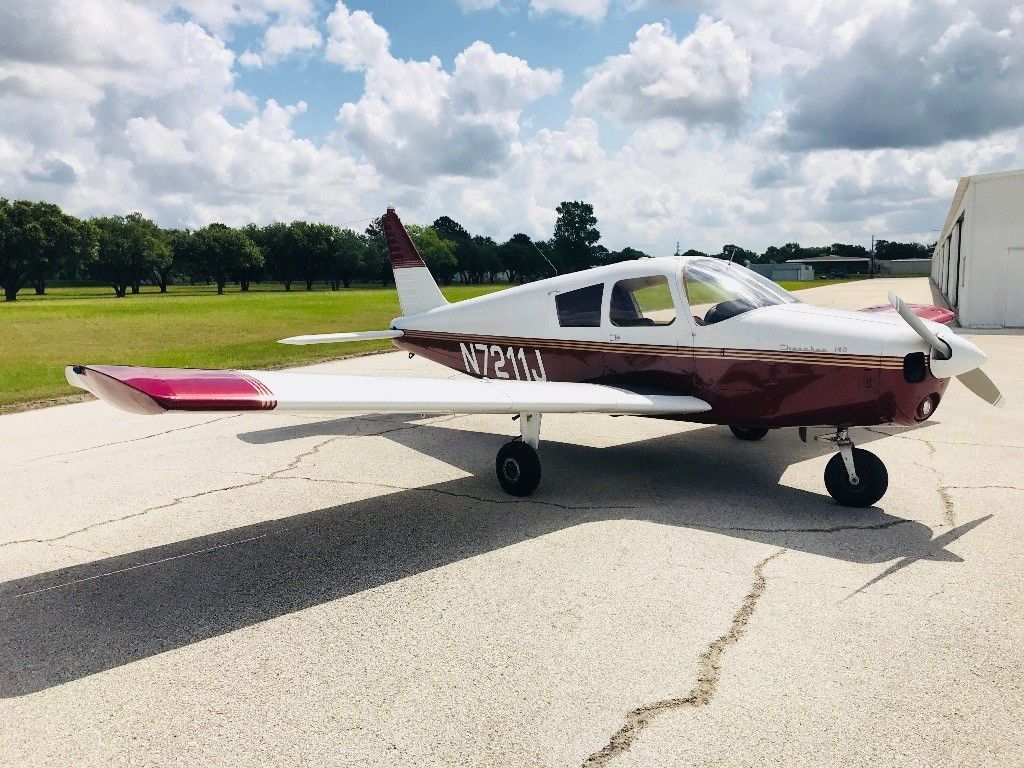Why is the nose wheel smaller?
Thread Starter
Why is the nose wheel smaller?
Is there a ground handling reason why the nose wheel or tire (tyre for my UK friends ) is smaller than the main gear tire(s) on most conventional tricycle aircraft? The Horton 229 flying wing seems to be an outlier, perhaps some others. I realize the nose wheel usually has lighter loading than the main gear, but it would seem simpler logistics wise if all the tires were the same, especially for a small bush plane or such. I also realize the smaller the tire the less weight and drag. Any handling reasons?
Interested to hear others opinions however, especially re: the Horton.
Nose wheel struts can be made intentionally shorter to save weight as well. Like on the A330 and A340. Until the freighter version came out nobody noticed the non-horizontal parking main deck. They finally changed the nose wheel mount to make it easier loadable.
Ho 229 rear gear was very far back on the fuselage, so the front gear has to support quite a bit of weight, it was also robbed from a bomber which maybe makes it larger than large.
Avoid imitations
Join Date: Nov 2000
Location: Wandering the FIR and cyberspace often at highly unsociable times
Posts: 14,573
Received 419 Likes
on
221 Posts
I used to teach my students on tricycle gear aircraft that mainwheels were made for landing on and nosewheels were only there for steering with.
For nosewheel:
- less friction grip for steering - pilot often needs to apply nose-down elevator during taxi and early TO run to insure a firm nose-wheel grip and steerability. Until speed is high enough for rudder steering.
- wheelbarrowing. Touching down and rolling only on the nose gear due to excessive speed and need for low angle of attack to settle to the runway. (Cue photos of DHC-4 Caribou doing this intentionally - bad technique otherwise)
- porpoising subsequent to a wheelbarrow landing. Downward inertia of aircraft pushes main gear down to surface, thereby reducing nose-down attitude and increasing AoA/lift just when it is not needed. A "bounce" due not just to gear springiness but also the positive change in AoA and lift. Can become a phugoid with poorly-timed pilot reactions and corrections (PIOs) - bouncy-bouncy-bouncy-CRUNCH.
- Special TO/Landing techniques needed for soft-field/rough-field TOs and landings (grass / gravel / dirt runways). Effectively, using full nose-up elevator to lift the vulnerable nose wheel out of the grass and off the surface:
1) On takeoff, ASAP, and until the plane can lift off at very low speed in ground effect, and then accelerate free of the surface to full flying speed while remaining just .5m or so above the surface.
2) On landing, holding the nosewheel off the surface until slowing to the slowest speed possible. Both require delicate and carefully-judged use of the elevator, and because the nosewheel steering is intentionally unavailable except in the very slowest parts of the TO/landing rolls, can be tricky in crosswinds.
Nevertheless, worth it to reduce the weight, weight & balance, and drag penalties.
That first one is caused by the weight on the nosewheel, not the weight of the nosewheel. It's a proportion of the entire aircraft weight that is carried. The greater the percentage for the nose gear the heavier and more rapidly one would have to move the elevator on landing to ease the nose down or have to make only 3-point landings (or 18 points, apparently, for 747s).
The reduced size is more a result of the desired weight distribution leading to the main gear carrying more weight and seeing more wear as the primary landing contact patch - highest speed, greatest wear. Since the nose gets less abuse and less wear they reduce the size and weight to lower the overall weight of the aircraft.
The reduced size is more a result of the desired weight distribution leading to the main gear carrying more weight and seeing more wear as the primary landing contact patch - highest speed, greatest wear. Since the nose gets less abuse and less wear they reduce the size and weight to lower the overall weight of the aircraft.
Since the landing gear is so heavy, and it's entirely redundant for 90% of a long-haul flight, you might ask, "why are the mainwheels so big"?
Amongst other considerations, they have to accommodate a brake unit.
Amongst other considerations, they have to accommodate a brake unit.
The pointy end is often smaller than the area where the main gear is. Concorde being the obvious example. No where for a main gear size wheel pair. On the other hand, as has been said, the 747 and 777 use the same size wheels on nose and main.
B727-200 nose light; G2/3 nose heavy, but small wheels which would develop flat spot and vibration after just a few landings, however could pack out the rear baggage to max before pax loading.
Had an L1011 leave a half nose axle and wheel at LHR, but landed smoothly at destination on one nose wheel, thanks to Capt Jock Ness and crew.
Had an L1011 leave a half nose axle and wheel at LHR, but landed smoothly at destination on one nose wheel, thanks to Capt Jock Ness and crew.
Join Date: Apr 2014
Location: Europe
Age: 33
Posts: 141
Likes: 0
Received 0 Likes
on
0 Posts
I worked on landing gear design in the past. The quick answer to why the nose whell, or more broadly the nose landing gear assembly, is "smaller" (than the MLG), is because it's as large as it needs to be and no more.
When the aircraft is statically on the ground, the NLG is designed to take about 5 to 15% of the total aircraft weight. The MLG as a whole takes 85 to 95% of the load, and for a typical tricycle with two MLG units, each unit then takes 42 to 47% of load, which is about 3 to 5 times as much as the NLG takes. This means that based on static loads, one can expect the NLG unit to be 3 to 5 times "weaker" than each MLG unit.
The image below shows a simple diagram for calculation of the load distribution between NLG and MLG:

There are a whole bunch of requirements on landing gear design, the static load distribution is only one of them.
When the aircraft is statically on the ground, the NLG is designed to take about 5 to 15% of the total aircraft weight. The MLG as a whole takes 85 to 95% of the load, and for a typical tricycle with two MLG units, each unit then takes 42 to 47% of load, which is about 3 to 5 times as much as the NLG takes. This means that based on static loads, one can expect the NLG unit to be 3 to 5 times "weaker" than each MLG unit.
The image below shows a simple diagram for calculation of the load distribution between NLG and MLG:

There are a whole bunch of requirements on landing gear design, the static load distribution is only one of them.
Join Date: Apr 2014
Location: Europe
Age: 33
Posts: 141
Likes: 0
Received 0 Likes
on
0 Posts
Do you know whether that calculation also accounted for the potential uneveness/inclination of the apron?
If the aircraft is sitting on anything other than a perfectly horizontal plane, then the calculation needs to account for it or otherwise will provide inaccurate results.




